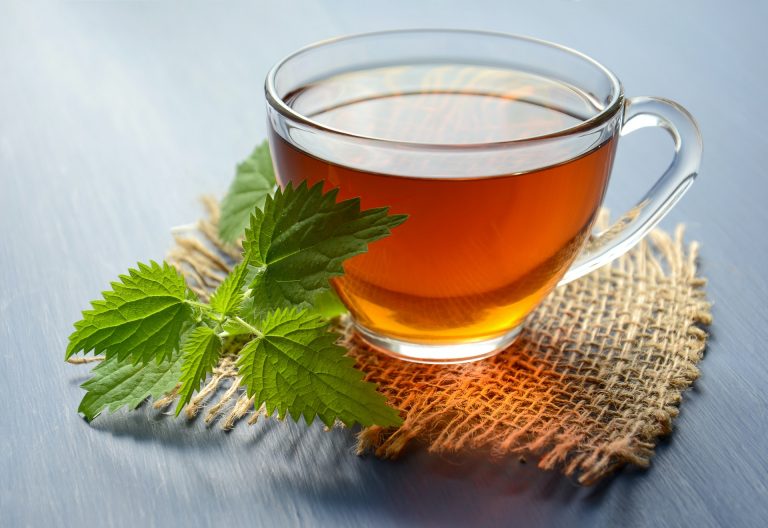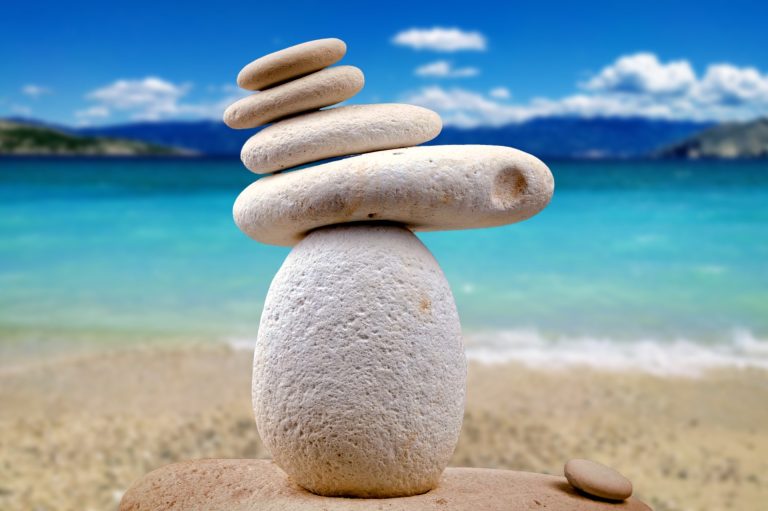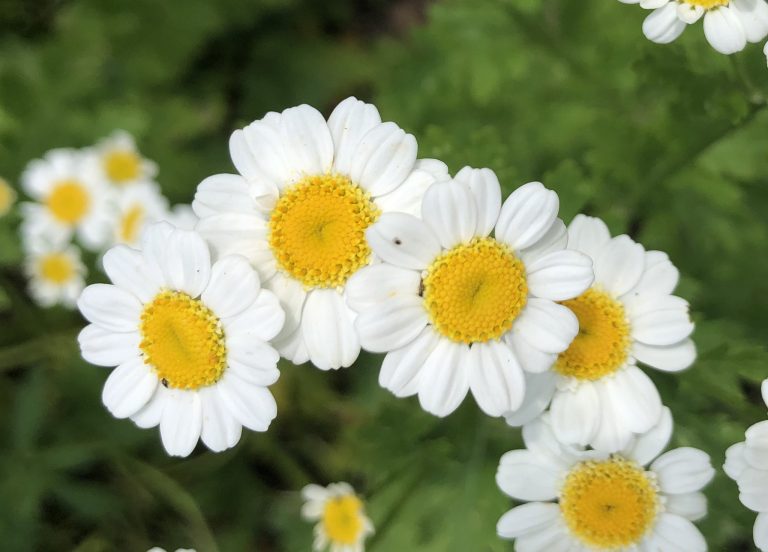After water, tea, in its many forms and variations, is the most consumed beverage on Earth. Not only is tea physically refreshing, it can also help calm, soothe, stimulate, or focus the mind, depending on the type of tea. According to the legendary eighth-century tea master Lu Yu, author of The Classic of Tea: “Tea tempers the spirit and harmonizes the mind, dispels lassitude and relieves fatigue, awakens thought and prevents drowsiness.”
Exceptional teas for tranquility may come in the form of true teas or a variety of herbal infusions. The first five to consider include green tea (especially matcha), chamomile, rooibos, lotus and ginger. An earthen cup filled with hot water and a few small samples from nature may be all you need to refresh your mind and body before or after meditation.
1. Green Tea
Green tea is a true “tea” produced from the leaves and buds of Camellia sinensis. Unlike Oolong and black tea, these leaves have not been withered or oxidized, so they retain a fresh green color and flavor. Green tea contains an amino acid known as L-theanine. A pilot study has shown that L-theanine may have a natural anti-anxiety effect, improving the spirits and calming the mind. In meditation, green tea helps to relieve tension while keeping you alert.
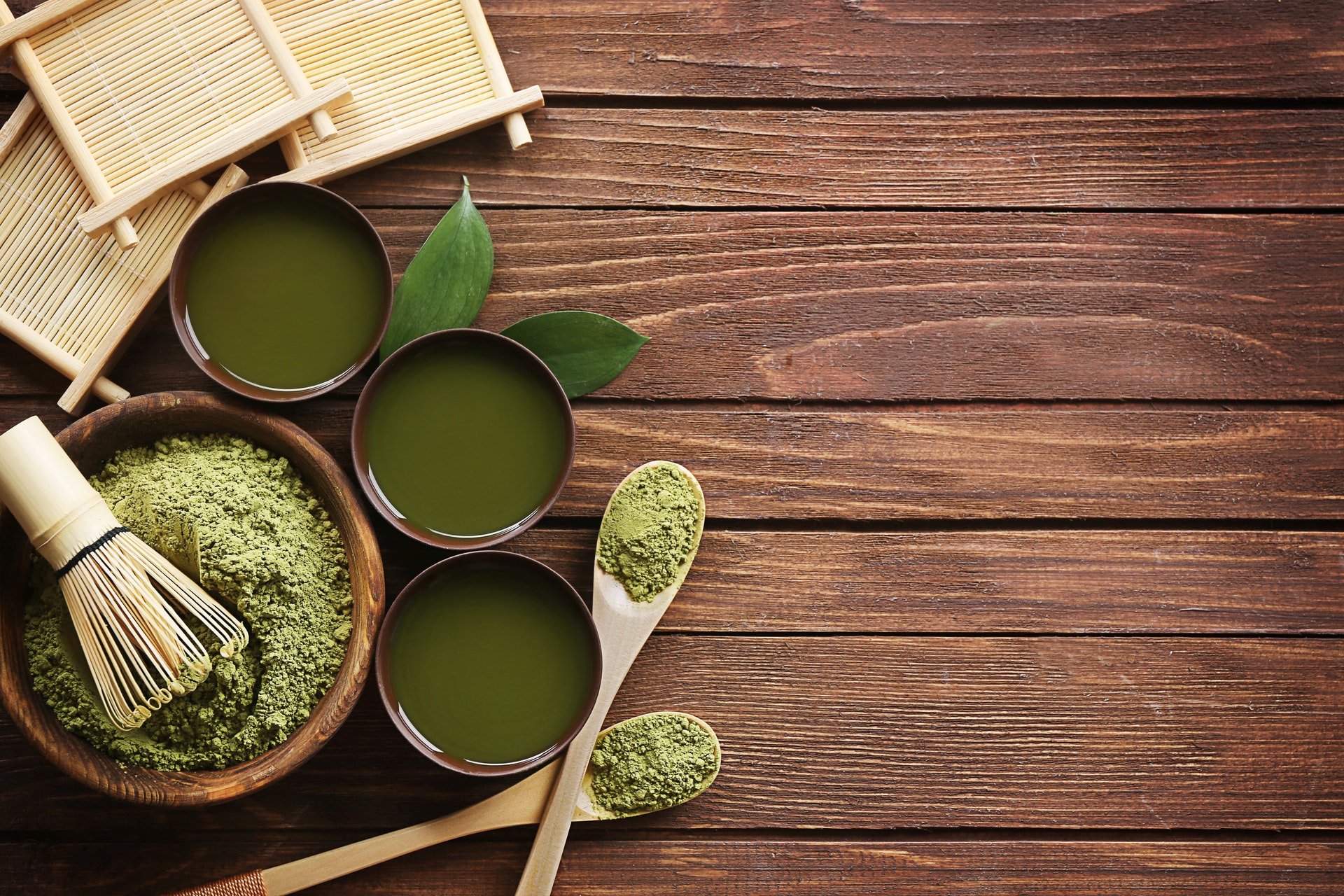
Matcha is a type of green tea made of pulverized tea leaves from plants shaded to increase production of chlorophyll and the amino acid L-theanine. Since the whole leaf is used, the whole host of vitamins and nutrients are consumed, giving one an invigorating boost, while maximizing its calming and spirit-lifting properties at the same time.
The ritual preparation of vibrant green matcha can be meditative in itself, while the antioxidant-rich brew has a mild stimulating effect to help one focus.
Success
You are now signed up for our newsletter
Success
Check your email to complete sign up
To prepare matcha the traditional way, use a bamboo whisk and a tea bowl. First sift 1/2 teaspoon of tea powder into the bowl. Add 2 ounces of hot water and whisk quickly back and forth until the tea becomes frothy. Top off your beverage with more hot water and enjoy.
A western whisk and a modern mug can also be used with good results. The slightly bitter, grassy flavor may be an acquired taste, so you may not want to invest in all the paraphernalia to start. Milk, dairy or otherwise, can be used to lighten the matcha, and of course it can be sweetened to taste. Consume your tea fairly quickly, lest the powder settle to the bottom of the bowl.
2. Chamomile
Chamomile is an herbal tea made from the dried flowers of German and Roman Chamomile, members of the Asteraceae, or Daisy family. German chamomile is a self-seeding annual, while Roman chamomile is a perennial plant. The flowers have been used in folk medicine for thousands of years. Both plants originated in Europe, yet the herb was valued by ancient Egyptians, Romans, and Greeks alike.
Perhaps best known for promoting sleep, chamomile has also been taken as a remedy and preventative for colds. In the beloved Beatrix Potter stories, Peter Rabbit is given a dose by Mrs. Rabbit after a difficult day in Mr. McGreggor’s garden.
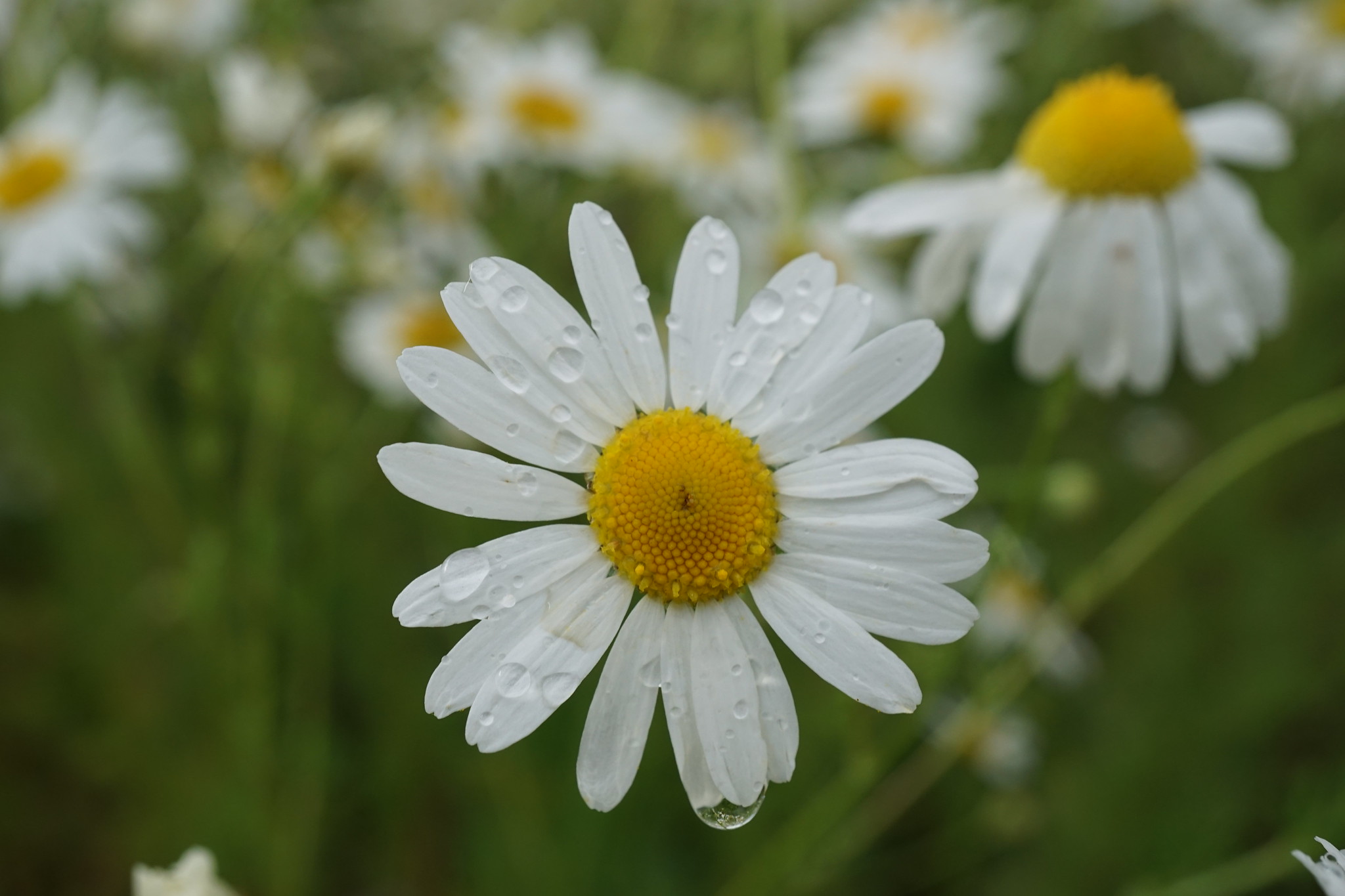
A tea made from dried chamomile flowers is both soothing and relaxing. Its calming effects may be attributed to an antioxidant called apigenin, which interacts with brain receptors to reduce anxiety and increase restfulness. Chamomile also soothes the digestive tract and relaxes the body.
Straight chamomile tea has a mild flavor with a sweet, yet soft flowery scent. To make a small pot of chamomile tea, brew 3 to 4 teaspoons of dried flowers with 8 ounces of hot water. Mints, other flowers, or dried fruit are commonly added to improve the flavor.
3. Longan
Longan (龍眼), or dragon eyes, is a Chinese fruit, grown in the province of Fujian. Dimocarpus longan is a tropical tree in the Sapindaceae, or soapberry family, who’s fresh fruit’s translucent white flesh with its visible dark seed in the center, closely resembles an eye.
The mostly sweet, and slightly sour dried fruits make a tasty tea for the relaxation of mind and body. In Traditional Chinese Medicine, longan is valued for positive influence over multiple meridians. It is used to strengthen the heart, kidney, liver and spleen, and as a general tonic to increase energy.
The fruit is said to reduce stress, depression and fatigue, while boosting memory and immunity. It is also high in vitamin C, rich in antioxidants and possesses anti-inflammatory properties, making the tea an ideal hot beverage for winter cold and flu season.
Dried longan fruit (Arillus euphoriae longanae) can be purchased at Asian markets or online. De-seeded fruits will have a golden color, while whole fruits will appear brownish-red. Longan fruit is often combined with oolong tea, but any black or green tea can be used as a base.
Use about 1 teaspoon of loose tea and 4 dried longan fruits per cup of freshly boiled water. Place the loose tea in your tea pot, add hot water, and allow the tea to steep for 2 to 3 minutes. Place 4 dried fruits at the bottom of each teacup, strain the hot tea over the longan, and wait an additional 2 minutes before you start to sip. Enjoy the sweet fruit from the bottom when the tea is finished.
4. Blue lotus tea and true lotus tea
Blue lotus tea is an herbal infusion made from the leaves, flowers, roots, fruit and seed of the Egyptian blue water lily, Nymphaea caerulea, not to be confused with the true lotus described below. It’s medicinal use dates back to the ancient Egyptians and Syrians, who deemed it a sacred flower, as they found it promoted lucid dreaming, psychedelic effects, and a sense of euphoria. Nuciferine and aporphine are antispasmodic compounds found within the plant which aid in relaxation.
The plant is currently listed as endangered, and, due to its psychoactive properties, blue lotus has been banned for consumption in the United States, and banned completely in Russia, Poland and Latvia.
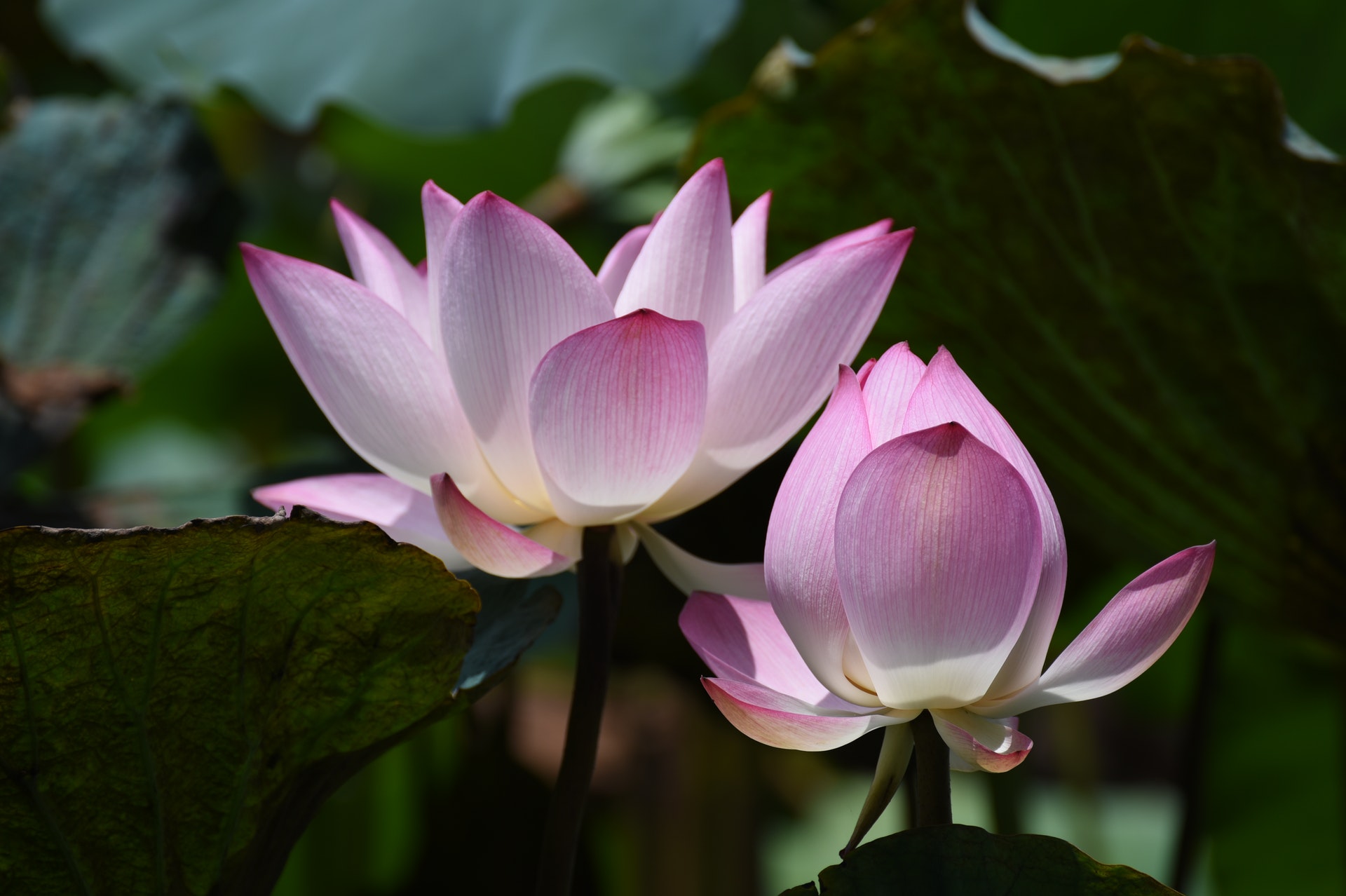
True lotus tea, or liánchá (蓮茶) in Chinese, comes from the dried leaves, roots and flowers of Nelumbo nucifera, which is known to be an effective blood cleanser and is often used in detoxification. The plant is high in vitamin B, which is known to relieve anxiety and stress.
The plant also contains pyridoxine, which can directly influence your brain’s neural receptors to promote a calm, positive mental state and a deep sense of relaxation. The herb’s iron and copper content is instrumental in producing red blood cells, thereby improving blood circulation and increasing energy levels. As an added bonus, the flavorful flower carries many antioxidants.
Dried lotus can be purchased in leaf, flower, and root form. To make (legal) lotus tea, steep the dried herbs in boiled water for 5 minutes. Traditionally brewed in a clay pot, lotus tea is mildly sweet with a strong sharp flavor. It is recommended to consume this tea within 10 minutes of brewing, and to drink it regularly for optimal results.
5. Ginger
Ginger, or Zingiber officinale, is indiginous to China and has been utilized for thousands of years across Asia and throughout the world. Ginger is packed with minerals and bioactive chemicals which research has determined have significant health benefits for both the body and the brain. Its soothing fragrance and therapeutic qualities can help in reducing stress and anxiety.
Studies have shown that ginger may increase serotonin levels, reduce anxiety and stress, and improve brain function. It is also a known anti-inflammatory which can reduce muscle pains and soreness and improve blood circulation.
This robust and spicy root blends well with lemon, turmeric, cardamom, cinnamon or mint. A simple ginger tea can be achieved by pouring hot water over a few thin slices of fresh ginger, with a squeeze of lemon and a spoonful of honey. If you like to make a ritual of the event you can follow a more detailed recipe.
Whether you want more focus or less stress, these teas should help balance your mind for meditation. In a week or two, we will look at some more unusual infusions to sample on your spiritual journey.
Simone Jonker contributed to this report.



